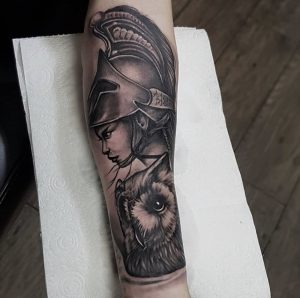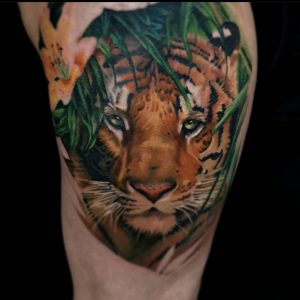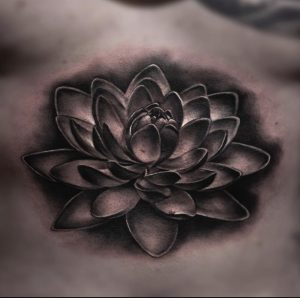Which tattoos age best?
Getting a tattoo used to be a very permanent decision. And even though things have changed somewhat with the arrival of laser removal techniques, it is hard to imagine someone getting a tattoo with the initial idea that they are going to have it (quite painfully) removed a few years down the line.
So, obviously we want ink that will stand the test of time. While getting a tattoo is an intense process on its own, you don’t want to worry too much about what your tattoo may or may not look like in the future. So when it comes to tattoo longevity, here are a few things to take into consideration.
As always, talk your ideas over with your tattoo artist, they are obviously experts in their field, and its always a good idea to listen to the experts.
Proper aftercare is key

First of all, it cannot be said too many times, a tattoo that ages well is a tattoo that has been properly cared for from the beginning. Hence, loving and meticulous aftercare is key. Let the tattoo heal without scratching or itching. Do not wear coarse fabrics, no sauna, no swimming, and no direct sun exposure while it is healing.
And when it is healed — layer on the sunscreen, as high an SPF that you can find. The sun bleaches not only locks, but ink too, and more permanently at that.
Back and thighs will stick, feet and hands will fade
When it comes to getting ink that lasts, location truly matters. Ink in places with more natural wear and tear or that are exposed to the elements tends to fade much faster. Finger tattoos are notorious for needing a touch up every couple of years (if you are lucky), and ink on heels and the soles of the feet will undoubtedly lose its sharpness pretty fast.

Colour vs black and grey
What about colour? Well, unfortunately, and, quite obviously, trendy dainty watercolour type ink will fade quicker. Substantial primary colours with more pigment will last longer. To make it last, the artist needs to get as much colour into the skin as possible. I.e. they hurt more.
Minimalist tattoos with thin lines, while also having quite the moment, might not last longer than just that. The delicate designs, while very pretty in their own right, are not the most substantial, and may fade faster than intended.
If you want something that will really stand the test of time, solid black and greyscales in bold, larger designs with strong powerful linework, is a very safe way to go.
Type of ink and artist’s skill level
That being said, the crispness over time of a tattoo will also depend on the type on ink. Cheaper stuff often fades much quicker than higher quality alternatives. And, as we are definitely fans of saying on this blog — the time for getting your tattoo is not the time to be stingy. Get an artist that works with the good stuff, even if you have to pay for it.

More than the ink, the skill of your artist also matter. When getting tattooed, the needle penetrates the epidermis and hits the layer beneath — the dermis. This layer is only 1mm thick. If the ink is injected too shallowly, into the epidermis instead, which can cause your tattoo to become, well, basically a blob. Then again, if the artist goes too deep into the layer of fat beneath the dermis, the ink can also spread erratically.
Want to know more about how that process and the science behind tattooing actually work? Check back in with us later during the week where we penetrate a little deeper into how the magic actually happens.
